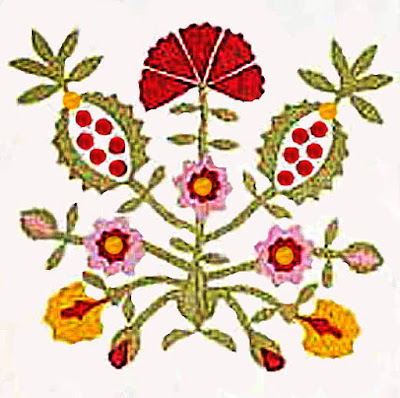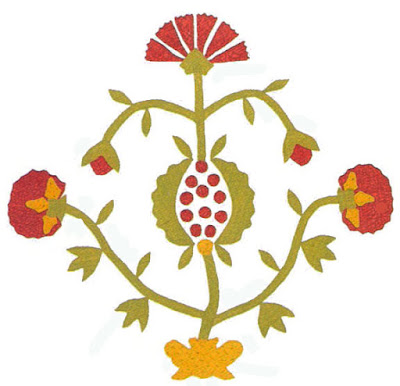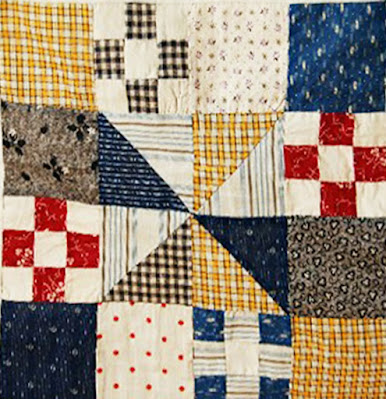Washington Whirlwind # 9: Lady in the White House by Becky Brown
Mary Todd Lincoln in mourning attire, which she wore most
of her life after Willie's death in 1862.
One of many imaginary portraits of the
Lincoln family: Eldest brothers Robert & Willie.
Last month we looked at Willie Lincoln's father Abraham's reaction to his
child's death---this month that of the Lady in the White House Mary Lincoln.
National Portrait Gallery
Benjamin Brown French (1800-1870) about 1870
Benjamin Brown French was Commissioner of Public Buildings in Washington during the Lincoln administration, but he also acted as an unofficial chief of protocol and was put in charge of funeral arrangements for Willie Lincoln. He kept a diary and recorded his visit to the White House during a downpour soon after Willie's death.
"I found everything properly arranged for the funeral. The body of little Willie lay in the Green Room…covered with beautiful flowers…. the terrible storm without seemed almost in unison with the storm of grief within, for Mrs Lincoln, I was told, was terribly affected at her loss and almost refused to be comforted.”
Lady in the White House by Elsie Ridgley
French knew Mary Lincoln well. At White House receptions he had the job of officially introducing “the American Queen to her numerous and most brilliant visitors." His diary is rather restrained about the First Lady, commenting on her impressive dress for those occasions with descriptions like "[Mrs L] was ‘got up’ in excellent taste and looked the Queen."
Elizabeth Hobbs Keckly (1818-1907)
Elizabeth Keckly, who was the First Lady's principal dresser, seamstress and confidant, dictated her memories of the Lincoln years for a book published in 1868 as
Behind the Scenes. Having lost her own soldier son in the first months of the war she was alarmed by Mary Lincoln's "paroxysms" of grief.
"I shall never forget the scene---the wails of a broken heart, the unearthly shrieks, the terrible convulsions, the wild tempestuous outbursts...."
Lady in the White House by Jeanne Arnieri
Willie's bereaved mother whose focus was always her own feelings did not leave her bedroom for weeks. Anything that reminded her of her loss sent her into hysterical grief. Descriptions of her behavior are those of a person suffering from what we recently recognize as Post-Traumatic Stress Disorder.
Elizabeth Keckly remembered that any association such as Willie's picture or even mention of his name would:
"move her to tears.....She never crossed the threshold of the [room] in which he died, or the Green Room in which he was embalmed" and laid out. "There was something supernatural in her dread of these things, and something that she could not explain."
Apparently these associations would bring flashbacks of the deathbed scene, which she could not forget. Unfortunately, she also could not bear to see the Taft boys. Willie's brother Tad, adapting to his mother's needs, began howling at the sight of them. Young friends Bud and Holly and sister Julia were not invited back to the White House. Their father, hoping to ease their trauma at losing a friend and being rejected by his family, sent all three children and their mother back to New York to live.
Julia Taft returned to Washington two years later and attended a reception, greeted by Mary Lincoln who:
“Seemed glad to see me again and was quite her old affectionate self, asking after my mother and the family. But when Tad came in and saw me, he threw himself down in the midst of the ladies and kicked and screamed and had to be taken out by the servants.”
Lady in the White House by Elsie Ridgley
Like her nurse Rebecca Pomroy, Mary eventually found some small solace in her religion, which in Mary's case was Spiritualism. Washington mediums summoned Willie's spirit "from behind the veil" at White House séances.
“Willie lives," she reported to her sister. "He comes to me every night and stands… with the same sweet, adorable smile he has always had. He does not always come alone. Little Eddie is sometimes with him… You cannot dream of the comfort this gives me.”
Lincoln's political enemies accused him of running the
White House and the war with a Cabinet of Spirits, "Bright Eyes" &
"Pinkie" among them. A skeptical man, Lincoln humored Mary
with occasional attendance at the events.
Read more about White House seances here:
http://www.mrlincolnswhitehouse.org/residents-visitors/marys-charlatans/
Lady in the White House by Denniele Bohannon
The Block
The block was given the name Lady in the White House by Famous Features, a mid-20th-century pattern syndicate. Earlier pattern companies called it Lady in the Lake inspiring many quilters in the 1900-1925 period to make a variation of the nine-patch in a four-patch.
Nine blocks---Elsie Ridgley

























































